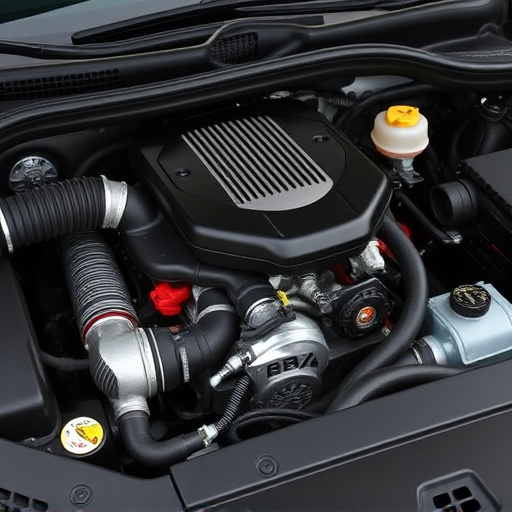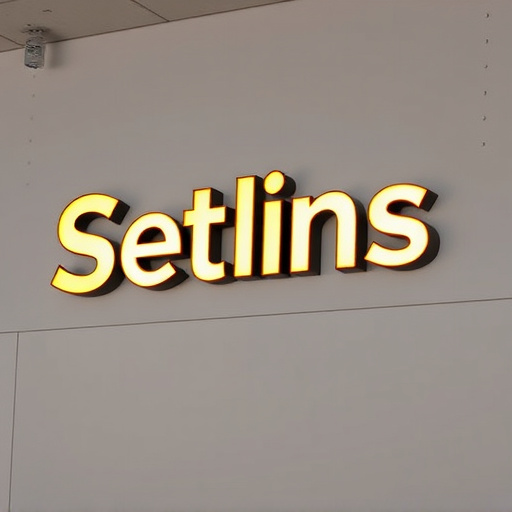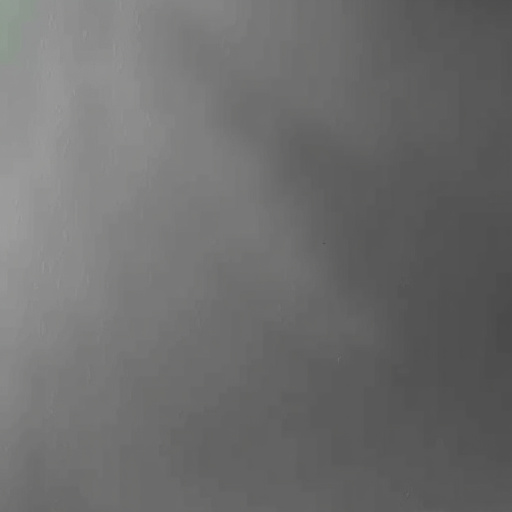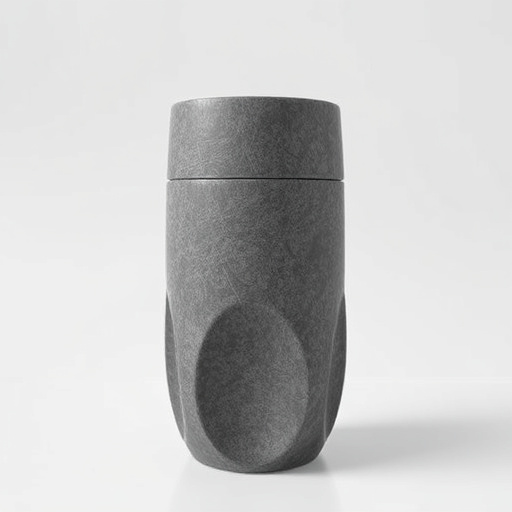Before installing wall graphics, assess your space's dimensions, natural light conditions, and features like windows and doors. Measure walls accurately to ensure a perfect fit. Plan designs according to room functionality, choosing materials suitable for high-traffic or low-use areas. Protect graphics with coatings for longevity, enhancing the space's visual appeal and purpose. Aim for a professional wall graphics installation that transforms any environment.
Planning a layout for wall graphics installation is an art that transforms spaces into captivating canvases. To achieve this, start by assessing your space: measure walls, consider room functionality, and identify areas suited for graphic installations. Next, design elements that align with your aesthetic: choose themes, colors, and styles, select from murals, cut-outs, letters, numbers, or logos, and use design software to visualize mockups. Prepare walls meticulously, ensuring they’re clean, patched, and painted, then install graphics using suitable methods like water-based adhesives. Finally, remove protective layers and revel in your beautifully transformed environment.
- Assess Your Space and Determine Wall Graphics Placement
- – Measure the walls to be adorned
- – Consider room functionality and aesthetic goals
Assess Your Space and Determine Wall Graphics Placement

Before diving into the design process, it’s crucial to assess your space and determine the best placement for your wall graphics. Consider both the physical dimensions of the walls and their orientation within the room. Wall graphics installation can transform any space, from vibrant offices to cozy homes. To maximize impact, think about high-traffic areas or blank walls that cry out for artistic expression.
Evaluating natural light is also key. Certain vinyl wraps or ceramic window tinting can be enhanced by sunlight, while others thrive in dimmer settings. The location of windows and doors will influence where you can strategically place the graphics to create a cohesive look. Additionally, remember that walls aren’t always flat; they might have textures or angles that can add depth to your installation using techniques like ceramic coating for an eye-catching, 3D effect.
– Measure the walls to be adorned
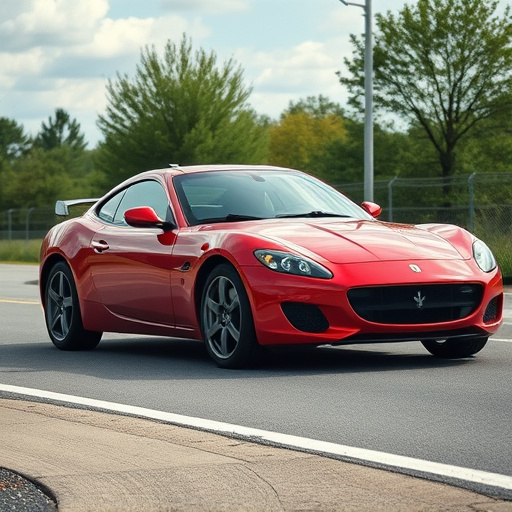
Before diving into the intricate process of wall graphics installation, accurately measuring the walls is the foundational step. This crucial task ensures that your chosen design fits perfectly and makes a lasting impact. Start by identifying the walls you wish to adorn, then utilize a tape measure to record their dimensions, including height, width, and any unique shapes or angles. The accuracy of these measurements will directly influence the success of your graphic installation, ensuring every element aligns precisely.
Remember that wall graphics can transform spaces, whether it’s a vibrant mural or a subtle decorative accent. With the right measurements, you can choose designs that cater to various surfaces, from flat walls to those with contours and corners. Additionally, considering protective layers like ceramic window tinting or UV protection for your wall graphics installation can prolong their lifespan, especially in areas exposed to direct sunlight.
– Consider room functionality and aesthetic goals
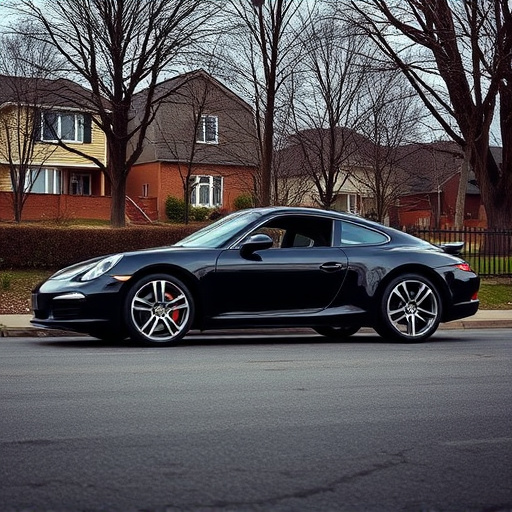
When planning a wall graphics installation, aligning the design with the room’s functionality and aesthetic vision is paramount. Understanding how the space will be used guides selection of materials and layouts that stand the test of time. For instance, high-traffic areas like hallways or entryways may require more durable graphics that can withstand frequent contact without fading or peeling. Conversely, bedrooms or living rooms, where aesthetics take precedence, allow for bolder colours and intricate designs that enhance the overall ambiance.
The goal is to create a harmonious blend of function and beauty. Consider protective coatings for high-wear areas to extend the life of custom graphics, ensuring they remain vibrant and intact. These thoughtful considerations ensure the wall graphics installation not only complements but enhances the space’s purpose and visual appeal, resulting in a professional PPF (print on demand film) installation that elevates any environment.
When planning a wall graphics installation, assessing your space and determining the best placement is key. By measuring the walls and considering both functional and aesthetic factors, you can create a visually appealing and balanced layout. Remember to let the unique characteristics of each room guide your design decisions, ensuring that your wall graphics complement and enhance your interior.




